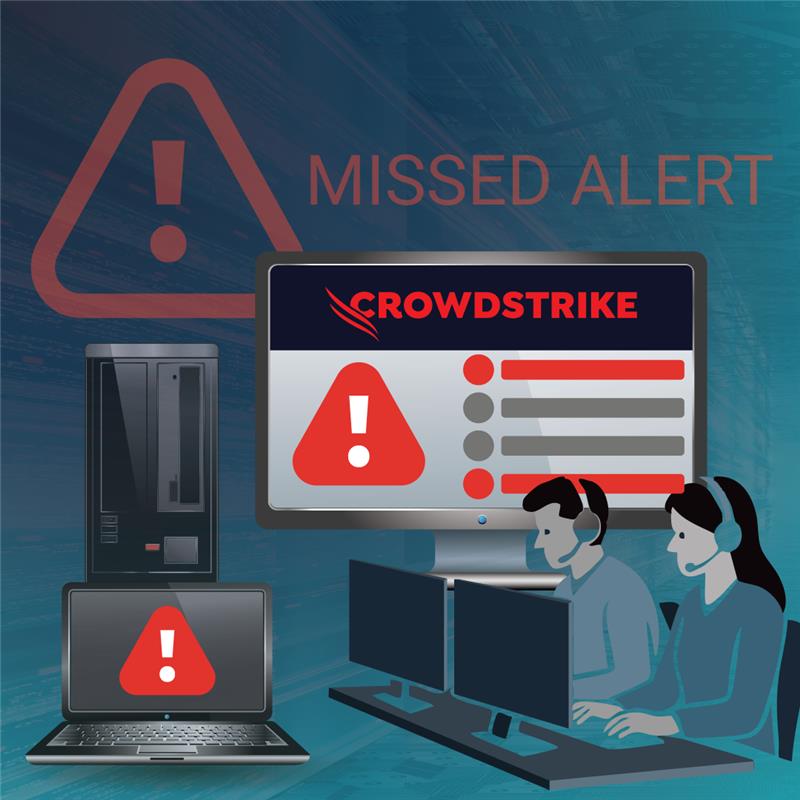Is Your CrowdStrike Deployment Working as Expected? How to Validate Security Controls

What Security Leaders Should Know About Security Control Gaps in CrowdStrike Deployments
Too often, we assume that once a tool like CrowdStrike is deployed, it’s working exactly as intended. But assumptions don’t equal assurance. That’s why CrowdStrike security control validation is becoming a critical step for security leaders who want to verify that detections are firing, alerts are escalating, and teams are responding before a real attacker puts those assumptions to the test.
Some of the world’s most well-known organizations use CrowdStrike, and it’s a smart investment. But working with security leaders across dozens of industries, one thing is clear: even the best EDR/XDR deployments can fail silently. That’s not an attack on CrowdStrike. It’s the reality of enterprise-scale environments where configurations drift, people make changes, and the responsibility for detection and response is split across internal and external teams. When something breaks quietly, it doesn’t always throw an alert. So everything looks fine until a real threat slips through. And at that point, the board isn’t asking if you bought the right tool. They’re asking why it didn’t work.
What are the security control gaps in CrowdStrike deployments?
Security control gaps in CrowdStrike deployments occur when detection policies, sensors, integrations, or response workflows fail silently due to misconfiguration, drift, or untested operational assumptions.
What causes these security control gaps?
Most of the CrowdStrike customers we work with believe their security tools (EDR/XDR/SIEM), internal SOC teams, and/or Falcon Complete or third-party MDR are doing what they’re supposed to. But when we test them using real-world attack TTPs, they’re surprised by what we find.
Here’s why:
- Sensors get missed or go inactive.
- Default policies may not log or alert on real-world threat activity.
- Custom IOAs are rarely tuned to their environment.
- Updates or integrations break detection logic silently.
- 3rd-party MDR or SOC teams assume you’re handling it and vice versa.
Individually, these issues might seem minor. However, they add up to real blind spots. For example, in one recent assessment, we emulated a credential dumping technique on an endpoint with Falcon installed. Falcon didn’t alert. Why? It was a simple policy misconfiguration, and no one noticed because the control wasn’t designed to throw an error.
In another case, a customer’s integrated SIEM was ingesting Falcon data, but was configured to ignore detections below a certain severity. The SOC never saw our activity, and SLA response time tracking never even started.
These aren’t uncommon. In fact, they’re everywhere.
What can security leaders do about it?
To be clear, these issues aren’t signs of failure. They’re signs of complexity. Modern security environments are dynamic and distributed, with constant changes and shifting responsibilities.
That’s why proactive security control validation is essential. But that doesn’t mean running another audit or compliance checklist or assuming a penetration test will find these gaps. It means:
- Testing your CrowdStrike deployment in its current state, not just at initial rollout
- Simulating real-world threats, not just theoretical detections
- Validating that detections fire, alerts escalate, and response happens within SLA
This approach gives you more than a pass/fail answer. It gives you clarity on what’s working, what’s misconfigured, and what gaps are created by day-to-day operational changes.
Final thoughts on CrowdStrike operational assurance
Security leaders don’t want to guess. You want confidence. Confidence that the tools you’ve invested in are protecting the organization, and that the teams managing those tools are ready when a threat hits. Validating your CrowdStrike deployment is one of the clearest ways to build that confidence. While CrowdStrike offers Falcon Operational Support to help organizations configure and optimize the Falcon platform, our independent assessments complement these services by continuously validating whether those configurations and detection policies are working as intended—long after deployment.
While this post focused on CrowdStrike, the same guidance applies across all detection tools and MDR providers. Whether you’re using Falcon, Defender, SentinelOne, or something else entirely, security control validation helps you prove that your defenses work when it matters.
Frequently Asked Questions
Why do CrowdStrike deployments fail even when Falcon is installed?
CrowdStrike deployments can fail due to missed sensors, default policies that don’t alert on real-world activity, untested integrations, or unclear ownership between SOC and MDR teams.
How is security control validation different from a penetration test?
Penetration testing identifies whether attackers can gain access. Security control validation tests whether detections fire, alerts escalate, and response occurs after access is achieved.
Do security control gaps mean CrowdStrike is misconfigured?
Not always. Gaps often result from environmental complexity, configuration drift, or operational assumptions rather than a flawed tool or initial deployment.
How often should CrowdStrike deployments be validated?
Deployments should be validated regularly, especially after policy changes, integrations, onboarding MDR services, or significant environment changes.
Want to learn how security control validation is different than a pentest? Security Control Validation: Why Testing Once Isn’t Enough to Stop Threats
About OnDefend
OnDefend stands at the forefront of preventative cybersecurity testing and advisory services, further strengthened by its proprietary automation and AI-powered technologies, including its advanced Breach and Attack Simulation (BAS) Software-as-a-Service platform, BlindSPOT. A trusted partner to organizations worldwide, OnDefend empowers companies and nations to proactively combat real-world cyber threats across software, hardware, IoT, and AI while ensuring that security investments are well-utilized, effective, and measurable. For more information, visit www.ondefend.com.